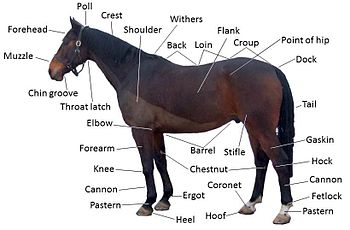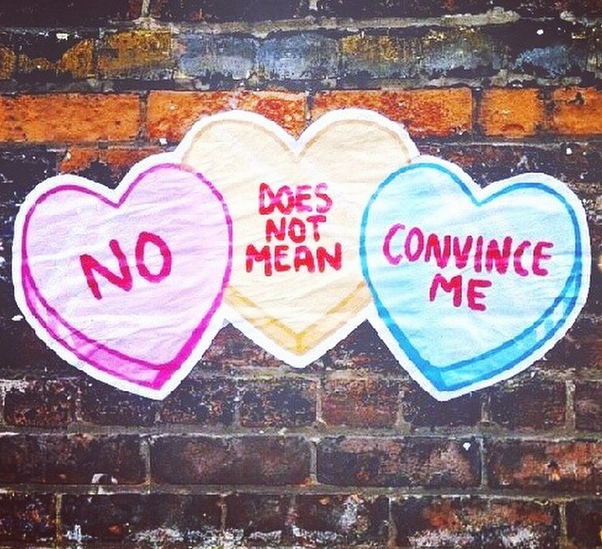
I guess I never thought about it before, but how would you dry a sweaty horse after a workout in the indoor arena before turning him out into the corral in winter temperatures? If you remember the citric acid cycle from your biology class, one of the by-products of breaking down carbohydrates during cell metabolism is heat. So between extra rations, and growing a thick coat of hair in the winter, you can actually see steam rising off the horses outside. That would be great if all they were doing all winter was hanging around, but just like you and me, working out inside where it’s warm causes the horses to sweat in order to cool down. We can’t just turn them out wet and sweaty because they could get sick. If we had to shower and blow-dry each horse’s coat we’d be running more than a full time horse beauty salon!
So what’s the answer? It’s a winter haircut of course. We’re not going for a typical show haircut that accentuates the beautiful muscling and physique of the horse and goes from tip to tip, and top to bottom. We’re going for function, trying to eliminate that thick coat in the areas where the horse sweats the most. It might actually give the poodles’ and their wacky hair cuts some competition. So, of course we’re going to clip the hair short on the back where he saddle would go. However, many horses also sweat around their shoulder areas, neck, flanks, and croup so we’ll do that, too.
But before we jump in with clippers buzzing, we need to start the process with basic grooming. Last week in class we had a lecture and lab by Mr. Synder on grooming the horse. So we’ll use everything he taught us to make sure our horse is clean and ready. This includes using a currycomb to brush the coat lifting out dirt and dead skin, and helping bring out the natural oils. We’ve got to be conscious of the horse’s anatomy and hair direction. If you’ve ever had your hair brushed you know how annoying it is when someone keeps bumping your ear, and imagine having your hair brushed against the grain!
Next we’ll use soft brushes on the horse’s legs and face, the sensitive areas. Of course none of this can happen if you haven’t trained your horse to accept and like grooming in the first place. I never considered that before either because the lesson horses I rode as a kid loved to be groomed, but now that I’ve been out at the barn a lot I’ve seen our colts in the training class learning to accept that the brushes aren’t predators that are going to take a bite out of them. Mr. Synder also taught us to use a specialized vacuum on the horse which not only does a great job of pulling out very fine dirt particles, but also helps pull that natural body oil from the skin along the hair shaft even more than brushing. With proper grooming attention and good nutrition your horse can look fabulous!

So, after our horse is properly groomed we can begin clipping their hair. There are lots of direction changes in a horse’s coat as it goes over hipbones, the flanks, and even along the neck. The trick is to keep the clipper’s head flat along the skin going against the hair direction. When you see that the hair has changed direction, then you pick up the clippers and reposition them to go along in the new direction. There is a special V-trim alongside and above the dock of the tail where it meets the body. We’ve even got different clippers depending on the job you’re doing or the sensitivity of the area you’re clipping.
Once the horse is clipped we’ll have to put a blanket on him before we turn him out. It takes the place of the hair we just clipped off helping him retain heat in the cold. It’s just like after we get sweaty, take a shower, dry off, and put on clean clothes (except the horse won’t be taking a shower). Then the next time he comes inside to be ridden, even though he’ll get sweaty, he’ll be dry and ready for his blanket much more quickly than if we’d just left his coat on.
I had to go back to the main campus before the lab got into full swing and Teddy, our school horse, got the works. My lab section is on Thursdays, so I’m sure excited to get out there and give clipping a try!







